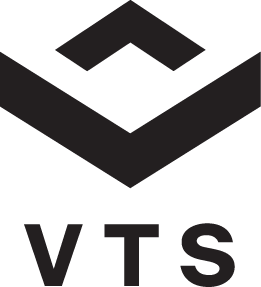Suburban office markets have been slow to climb out of the recession. Added competition from downtowns isn’t making that recovery any easier. But the suburbs and suburban campuses are by no means falling by the wayside.
The suburbs are still home to a large majority of people – and jobs. In fact, 84 percent of all jobs in the top 40 U.S. metros are outside the center-city core, according to the 2016 Emerging Trends in Real Estate Report. That being said, suburbs and suburban campuses may need to up their game to retain and attract talent by revamping space and amenities that appeal to today’s workers.
A trend to urbanization
Twenty years ago, companies were making headlines with announcements that they were leaving downtown for greener pastures in the suburbs – not to mention cheaper space and easier access to employees. These days, the reverse seems to be happening as companies trade their suburban campuses for new headquarters in the urban core.
Motorola Solutions plans to relocate its headquarters, and some 800 workers, from Schaumburg to Chicago. Arctic Cat recently announced that it will relocate its suburban headquarters and about 150 jobs to downtown Minneapolis. Both firms have cited greater access to employees as a key factor in those moves, and millennials are getting a lot of credit for fueling that trend. Their desire to have a “live-work-play” lifestyle has sparked a resurgence of urban living, and companies are following their talent pool.
The urbanizing demographic shift among young millennials is widespread and well documented. Dating back to 2002 the percentage of jobs created in the core has been outpacing job growth on the “periphery” in the majority of top 40 U.S. metropolitan areas, according to the 2016 Emerging Trends in Real Estate report. What is also notable is that this trend is evident in gateway cities such as New York City and San Francisco, as well as in a host of smaller secondary cities likeAustin, Charlotte, Milwaukee, and Oklahoma City.
Suburbs still have their appeal
However, sounding the death knell for suburban office campuses may be a bit premature. Some experts contend that the current preference for urban living may run its course in due time. Millennials are putting off marriage and family until later in life, but they are not putting it off indefinitely. Traditionally, families have opted to locate in the suburbs to raise kids due to the lure of amenities such as good schools and parks, not to mention a backyard for the family dog. To that point, a recent Urban Land Institute survey learned that six out of 10 millennials expect to live in a detached single-family home within five years.
Chicago is one city that has seen plenty of examples of corporations trading suburban campuses for new downtown headquarters in the past decade. In addition to Motorola, other corporate relocations include the likes of Kraft, Heinz, and AT&T. Such big moves definitely make a splash in headlines. Yet a recent Crain’s Chicago news story also made the point that not all corporations are ready to pack up and exit the suburbs. According to Crain’s, Chicago’s suburbs are still the preferred home for nearly two dozen Fortune 500 firms.
Added to that, suburbs are not blind to the urban shift and they are not ready to sit by quietly and watch their cities decline. Suburbs recognize that people want that live-work-play lifestyle with greater density and the ability to walk or bike to their destination rather than always jumping in the car. As a result, many suburbs are working to reinvent themselves or enhance their existing appeal by adding “urban” features such as investing in higher-density nodes or downtowns that offer shopping, restaurants and entertainment, as well as improving connectivity to mass transit, walking trails and bike routes.






